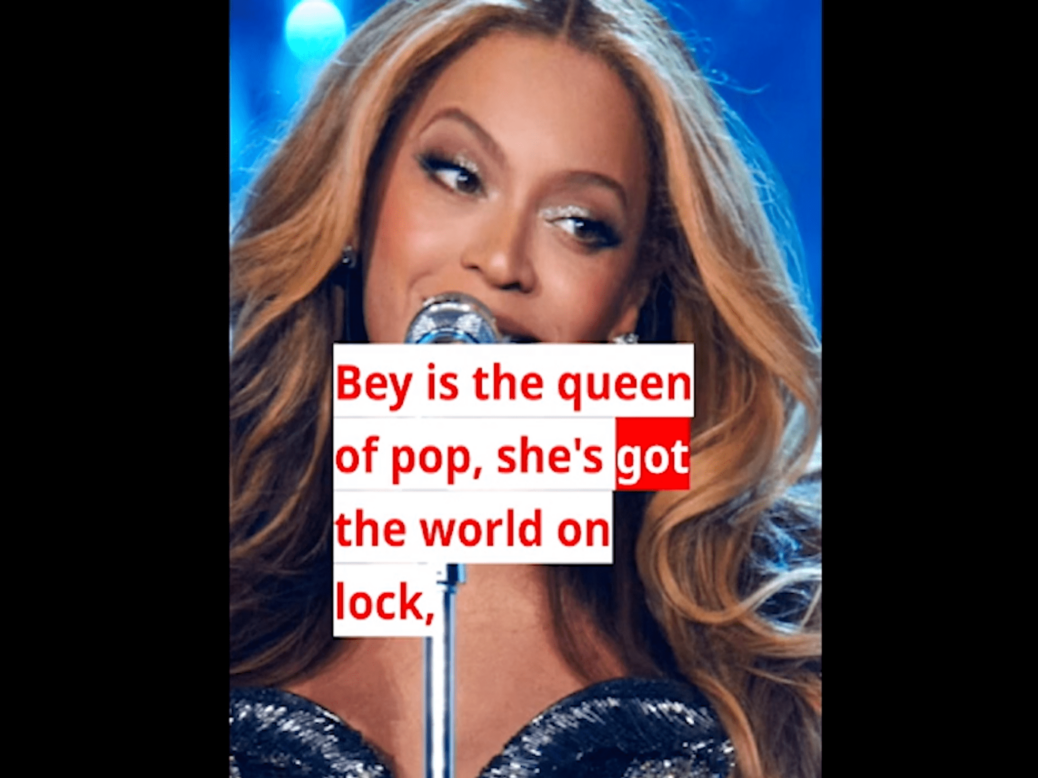
Sweden’s largest daily newspaper Aftonbladet has tested news stories “rapped” by an AI service at the suggestion of a youth panel.
Despite what he called the “rather cringey” result, Aftonbladet’s deputy editor-in-chief Martin Schori said the paper hoped to “provoke a debate” about creating news content that appeals to younger audiences.
Last autumn Aftonbladet’s parent company Schibsted, and the nonprofit foundation that controls it, the Tinius Trust, “gathered young people from Stockholm’s outer city areas” with an aim “to understand the challenges traditional media face in reaching population groups that increasingly avoid news“.
The ten-person group, tasked with developing product ideas “that could make more young people trust editorial media“, suggested musical articles as one approach.
Aftonbladet tested the idea on its website last week with some 1,000 users under 36 years old. The paper’s staff selected a set of stories and then fed them into an AI service which was tasked with summarising them as a song.
The paper provided two “News as Music” options to its young consumers: stories could be experienced either as a rap or as “summarised news texts in rhythm to AI-generated music that enhances the experience”. The paper said approximately half of the test users chose to listen to both formats.
The most popular of the resulting stories, covering the forthcoming arrival in Sweden of Beyonce’s Renaissance tour, can be viewed at the bottom of this story or through this link. (Although the article is written in Swedish, the video’s lyrics are in English.)
The newspaper said: “For Aftonbladet, it was natural to provide resources to carry out the project and test the idea.”
‘The media industry needs a serious challenge’
The publication does not provide an article-to-rap service on its website as a matter of course and does not have plans to. However, it says it does incorporate AI into its regular workflow for the captioning of videos and the transcription of interviews and that it is presently developing other tools “to facilitate the work of journalists”.
Aftonbladet appointed head of editorial video Andreas Landmark its “AI general” last month with a brief of coordinating the paper’s implementation of AI.
Deputy editor-in-chief Martin Schori told Press Gazette: “Behind this rather cringey thing is a serious question: that young people don’t appreciate how we as an industry present our news content…
“We are doing this because the media industry needs a serious challenge. All surveys show that young people like news but not the way we present them.”
Schori also said: “‘News as Music’ is an example of how things could be done in the future. It may not be exactly this that is the future, but it is clear that we need to try, challenge old conventions, and listen to future news consumers.”
A qualitative Reuters Institute study published in October suggested that young people are no less interested in news than their elders, but that they are more likely to engage with news via a variety of brands and formats, much of it through social media.
Schori said: “It’s not impossible that we will conduct more experiments. But I don’t necessarily think that this service IS the future, rather we wanted to provoke a debate about how we need to challenge our ways of presenting news.”
One of the original ten panellists, Jumane, said they liked both the rap and AI rhythm stories “depending on my mood. The instrumental part felt good because it added a feel to the news. I really liked the rap because it made the news experience fun”.
Aftonbladet is not the first to combine news and music. In 2017 the journalist group Climate Symphony attempted to transform climate data into sound as a “new way of expressing the climate change issue”, co-founder Leah Borromeo told Wired.
Email pged@pressgazette.co.uk to point out mistakes, provide story tips or send in a letter for publication on our "Letters Page" blog
